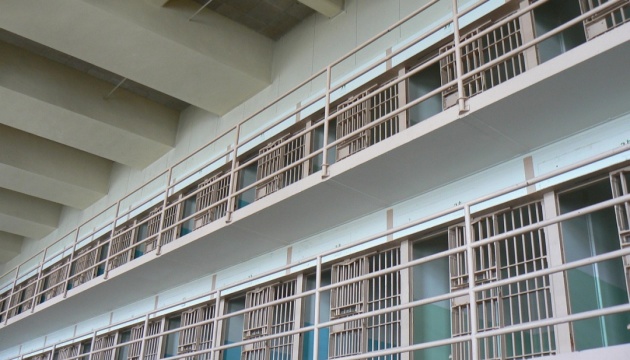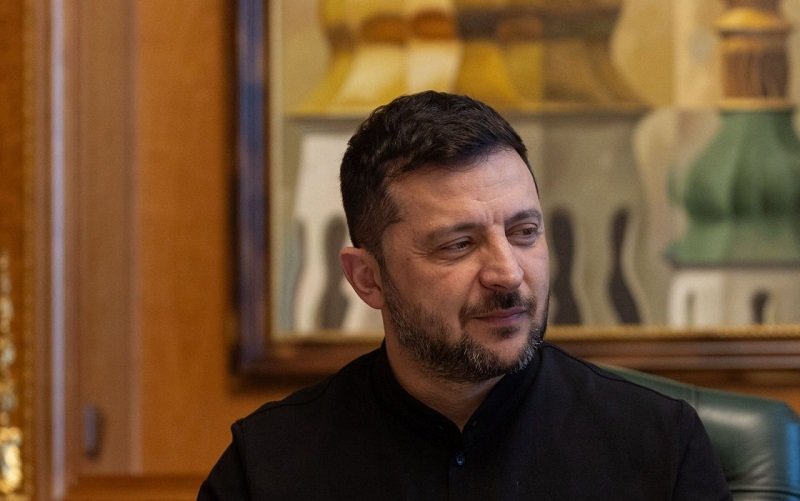У щелепно-лицьовій хірургії займаються не лише травмами. Часто за потреби вилікувати серйозну інфекцію, але зберегти зубну одиницю, фахівці проводять пацієнтові резекцію верхівки зубного кореня. Що ж це за операція, і чого від неї чекати?
Всього кілька десятиліть тому при кісті, гранульомі та періодонтиті стоматолог міг винести лише один вердикт: необхідне видалення. Розхитаний зуб або зуб, біля кореня якого з’явилося новоутворення, просто не підлягав збереженню.
Однак сьогодні технології йдуть далі, і професіоналізм стоматологів лише зростає. Про це свідчать складні операції, що здійснюються сучасними фахівцями. Найвідповідальніші з них проводить щелепно-лицьова хірургія.
Це галузь стоматології, що займається безліччю завдань в області обличчя та ротової порожнини: травмами, пластикою та лікуванням. Фахівці з цієї сфери активно проводять зубозберігаючі операції. Найактуальніша з них – це резекція верхівки кореня зуба.
Що таке резекція зубного кореня?
Медичною мовою це втручання називається апексектомією. Резекція верхівки кореня зуба проводиться для видалення запаленого або інфікованого фрагмента зубного кореня. При цьому не торкаються здорових тканин, а на місце віддаленої частини встановлюється спеціальний кістковий імплантат.
Це складна операція, якою займаються лише досвідчені хірурги-стоматологи. Проводиться вона під місцевою чи загальною анестезією. При цьому розрізаються ясна і проводиться робота з кісткою щелепи, щоб отримати доступ до кореня зуба.
Показання до резекції
Ця операція проводиться в щелепно-лицьовій хірургії за конкретними показаннями:
- при необхідності видалити дентальне новоутворення: гранульому чи кісту;
- при запальних процесах під коронкою;
- при неможливості якісно почистити та запломбувати зубні канали;
- при кістах та інших новоутвореннях великого розміру.
Протипоказання до операції
Апексектомія не проводиться за наступних протипоказань:
- при пародонтозі, коли оголюються шийка чи корінь зуба;
- при надмірній рухливості зубів;
- при значному руйнуванні проблемного зуба;
- при гострому періодонтиті;
- якщо пошкоджено більшу частину зубної кореневої системи;
- при тяжких патологіях серцево-судинної системи.
Перед резекцією кореня зуба важливо провести ретельну діагностику, щоб виключити всі протипоказання. Але саме вона дає змогу зберегти природний зуб. Це важливо і для пацієнта, і для фахівців «Стоматології Осадчого», які візьмуться за непросту роботу після ретельного огляду та детальної консультації.


 3671
3671












